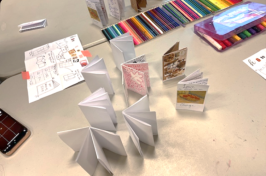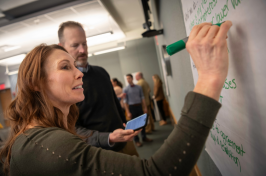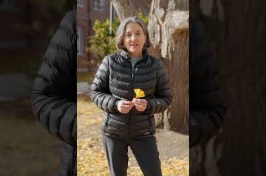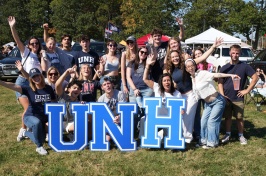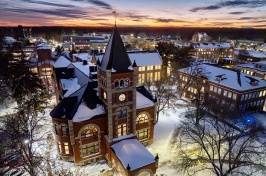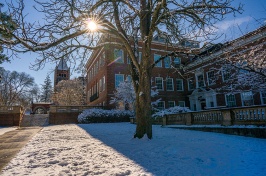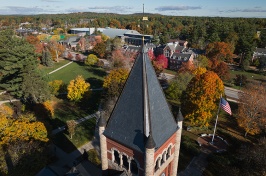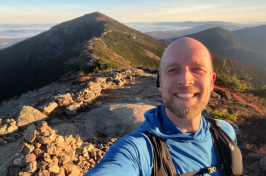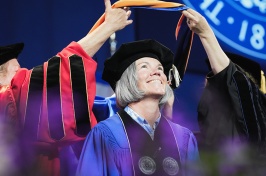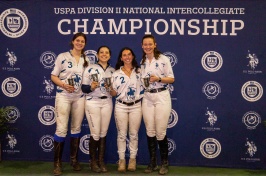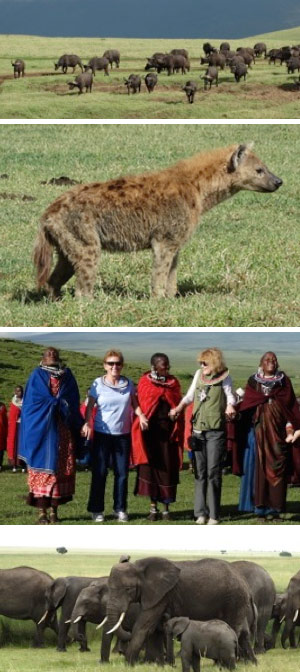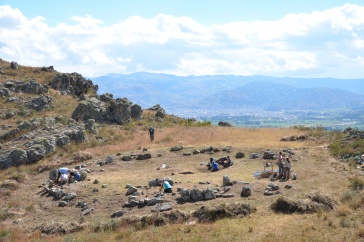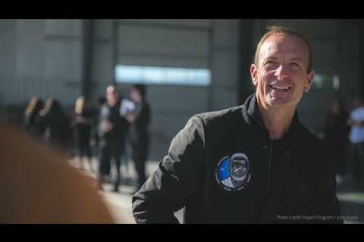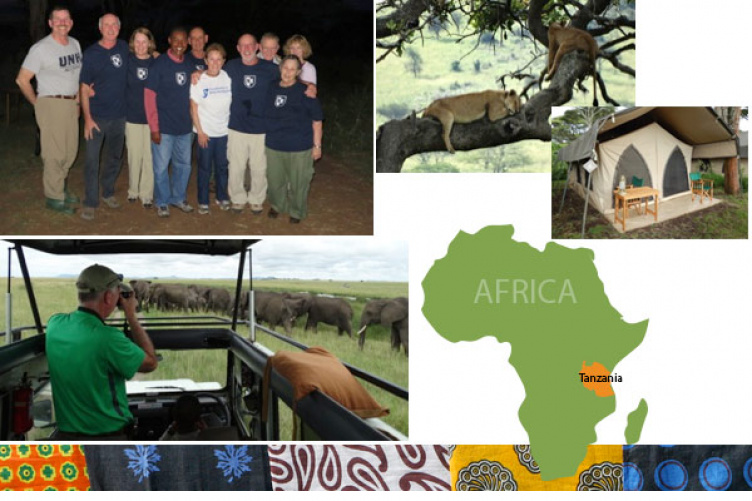
When the UNH Alumni Association asked me earlier this year to host an 11-day safari to northern Tanzania, I jumped at the opportunity. Over the past 15 years, I have spent some 12 months in Tanzania, and it is a place near and dear to my heart. As a professor of Applied Animal Sciences and a UNH alum, this trip presented me with a unique opportunity to share many years’ understanding of the region as well as my personal interest in the remarkable wildlife species that play an important role in the livelihood of its people.
|
Alums were recently able to experience Tanzania’s breathtaking wildlife up close. Participants camped in luxury tents within the Tarangire and Serengeti National Parks as well as the Ngorongoro Crater Conservation area. |
During the summers of 1997, 1998, and 1999, I conducted research for my Ph.D. in northern Tanzania exploring the crop growing practices of the Maasai, focused initially on the Maasai’s use of oxen. After the first summer in the field, however, I realized that there were many issues related to land tenure, shrinking pastoral grazing areas, and increasing numbers of wildlife. Perhaps the most significant of these is the pressure that has arisen as, on the encouragement of the Tanzanian government, the Maasai have settled outside well-known wildlife areas such as the Serengeti, Tarangire, and Lake Manyara national park, only to discover that growing crops in these locations can be difficult. While livestock can successfully share grazing land with wildlife, growing crops often puts farmers in direct conflict with the wild species with which they have for centuries coexisted.
Our March 18-28 trip was organized by Thompson Safaris, a company that embraces ecotourism as a way for indigenous populations to benefit from commercial interest in their areas. One of our first stops was the Ngorongoro Crater Conservation Area, one of the few areas where Maasai farmers continue to successfully coexist with wildlife. We visited a Maasai village, where we watched traditional dancing and got a look inside a boma, the traditional Maasai homestead. The Maasai guides took questions, made us feel welcome—and encouraged us to buy local handmade items, which provide meaningful income to the villagers.
The trip also included classic safari tent stays inside the Tarangire and Serengeti National Parks as well as the Ngorongoro Crater Conservation Area. Our tour guides put us in close proximity to elephants, giraffes, zebra, wildebeest, cheetahs, lions, leopards, and many other animals, offering some incredible photographic opportunities. We also visited several schools and tourist attractions such as the Olduvai Gorge, one of the most important paleoanthropological sites in the world and the location of many discoveries central to the understanding of early human evolution. The wide array of up-close-and-personal opportunities truly made this trip a superb experience.
Learn about other great travel opportunities offered by the UNH Alumni Association.
Story and Photos by Drew Conroy ’86, ‘01G
-
Written By:
Bridget Finnegan | Communications and Public Affairs | bridget.finnegan@unh.edu | 603-862-1465

